I am a cheap-drone lover. An when I saw the DJI Neo, the first thought that came to my mind was: this is something big. And after testing it intensively for two months, the only thing I can say is that I was wrong. The Neo is something bigger. And we are not talking about size here. Sometimes bigger is better. Not for the Neo and the many, many beginner drone pilots.

How Drone Flying Started For Me
It was 2018 when DJI released the Tello. 5 megapixel photos, 720p video and no gimbal. And that drone was LIGHT. So light that small gusts of wind pushed it far away from our cell phone WiFi connection.
Flying the Tello was more an act of faith than a fun activity, unlike DJI showed in the video ad of the birthday party when they released it. But people bought it anyway. And around that little flying piece of plastic, a following grew. Drone enthusiasts printed 3D pieces so that the cheap DJI drone could take pictures looking straight down, they attached WiFi extenders to get more range, reprocessed the aerial video to get HD or even 4K footage, and resampled the pics, because in the end, it was the cheapest DJI drone. And all that paved the road for the Neo.
Why was the Tello so important? You see, the problem with the UAS hobby is that to enter, you need to spend some money.

Not everyone is an early adopter and not everyone can spend $600 on what they see as a toy. And DJI knows this. So, what did DJI do? They released a really good drone that is completely modular.
Let me explain: when you bought the DJI Tello, the most you could do to upgrade it was to get more batteries, the bluetooth controller or the unofficial hack of using the WiFi extender with a power bank on your cell phone to gain some extra range. And that was it.
Enter The DJI Neo At Ground Level
Now when you get your brand new DJI Neo for $200, the only thing you get in the box is the drone, the gimbal protector, a battery, spare propellers, a small screwdriver, a DJI manual and some nice stickers. Thank you! That’s a nice gesture that DJI learned from FPV parts sellers.
What you can do with just the DJI Neo? Well, you can fly manually using your smartphone, but I warn you, it’s not going to be the easiest or smoothest experience.
If you use the DJI Neo this way, the drone is made for those who just want to make short social media videos (up till 4K at 30p if you are recording horizontally or 1080 at 60p if you recording vertically).
The best part is that you do not need to know how to fly a drone. It just does it automatically. It has two following modes and six automatic pre-programed flights that can assist you for short videos during trips or just to make you want to take it to the next level.
Charge the battery with your non-existent DJI charger, (yep, DJI just assumed that we, as a first-time drone pilots have a USB C charger, but hey, at least we can charge the battery on the drone), install the DJI Fly App, and voila, go to some exciting location, put your drone on your hand, select a following mode or a flight, take off and let it follow you.
When you finish your jogging, yoga, exercise, or bike ride you can simply download the aerial video straight to your smartphone, edit it on the DJI Fly app and share it on social media.
With the DJI Neo, you don’t even need an MicroSD card. All you photos and videos are stored on the drone 22GB internal memory. If you’re feeling a little adventurous, you can even try the manual control flight on your phone, but that is not going to be easy, specially if this is your first time flying a drone.
Either way, the quality of the aerial pics and the videos is not bad at all, especially if you are recording outdoors with plenty of daylight, but it’s not the best either.
For aerial photos at night, just look at the sample gallery. Let’s be real, you can’t ask for too much. To get more out of the DJI Neo, we need to step up to the next level of this mini drone.
The Next Level Up For The DJI Neo
To unlock the next level of the ‘Neo-morphosis’, simply add the DJI RC-N3 for an additional $130 (or if you prefer the built-in screen and not have to use your phone with the controller, the DJI RC 2 for $369)
DJI Neo $200 + DJI RC-N3 $130 or DJI RC 2 $369.
Now we are flying. With the additional ‘investment’, we are on the DJI OcuSync 4.0 ship. Now we can fly the DJI Neo up to 120 meters or 400 ft.
Now, you can send this little beast (or it was the little bee?) at least 700 meters away from your take off point. Or at least that was a distance that I felt safe sending the drone out to, in the wild.
Let me clarify something, I live in Quito, Ecuador. This is not your regular city to test drones. Because at 9,350 ft, (or 2,850 meters above sea level) the air is much ‘thinner’, so when it comes to flying drones, we end up pushing the drones and the batteries much harder. And don’t even get me start on the winds here…
But, let’s talk about the good stuff. When you start using the DJI RC-N3 you are not only getting more transmitting power to extend the range of the DJI Neo, you also get something that’s a game changer: manual control over shutter speed, ISO and white balance!
With the DJI RC-N3 you also get the ‘Return To Home’ functionality, and the chance to modify the horizontal and vertical speed, gimbal, brake, sensitivity, and much more (including the Cine and Sport modes) for just $330. The only thing I can say… it’s a steal.
The DJI Neo drone, while it flies beautifully, struggled to maintain a steady flight at 400 feet in windy Quito, despite its 12 m/s rating. However, I didn’t only test the DJI Mini drone for Review purposes; I also used it in real-life jobs. As a commercial filmmaker, I flew it for a real estate video and a commercial video for BMW.
Yes, I flew the DJI Neo from the outside of a car dealership and piloted the drone not through one, not two, but three brand-new BMWs ready for sale. Naturally, you won’t get the same video quality as a DJI Mavic 3 with the much less expensive DJI Neo, but for aerial footage for social media, it’s just perfect.
Maybe you’ll miss a DNG or a RAW file to edit? Well, as you can see, these SOOC JPEGs are far from bad. And remember, you’ll manually adjust the settings for the pictures. Yummy! P.S.: The first thing you should do when you get any of the controllers is go to the camera settings and reduce the sharpening of the pictures. TRUST me, you’ll notice the difference. Here are three more sample pictures modifying the settings like ISO and shutter speed, and of course, farther and higher because I was using the RC-N3.
Note: none of the pictures have been edited in color, just resized.

Reaching Top Floor With The Neo
The third and final act: The cheapest DJI FPV Drone for $739 (or $639, if you choose the non-manual FPV flight).
The DJI Neo ( $200), DJI N3 FPV Goggles ($339), and DJI RC 3 ($200) (or the RC Motion 3 for $99, but let’s be real, this is the closest you will fly looking like you are using a Nintendo WiiMote in 2025).
Okay, everything is going according to plan now. You began as a recreational drone flyer, simply flying a toy for family photos during trips or perhaps for your Instagram feed. Now, you have already purchased the controller to take control of the drone and experience the thrill of soaring through the sky.
However, what about those eccentric individuals who fly their drones with special goggles directly over their eyes? And what about the awe-inspiring FPV videos we frequently encounter on YouTube? Are you saying that this small drone can also perform these extraordinary feats?
And there you go again, paying more than twice the money that you pay for the drone. And what for? Because now you are an FPV pilot. Let’s assume that you are scared of flying manually and crashing your precious little drone. So, you buy the RC Motion 3, the goggles, and start flying the Neo.
Or better yet, begin getting used to the presence of those small monitors in front of your eyes. And the additional weight on your head. And the dizziness that occurs when you, for the first time in your life, feel like you are the Pilot in Command of a tiny aircraft… and begin flying, pointing your joystick, I mean, your brand new RC Motion Controller, in the direction you want your drone to fly.

Welcome to what might be the most exciting upgrade yet – the final evolution in your drone’s journey! Just like a Charmander evolving into a mighty Charizard, your drone now features RockSteady and Horizon Balancing, ensuring your flights look smooth and professional rather than like a wild joyride.
Let’s be honest though – if you’re into FPV flying, you’re here for the thrills: the spins, the dives, and those heart-stopping rolls. That’s exactly why the RC 3 is worth every penny. What started as a $200 drone has transformed into your personal FPV beast, and trust me, you won’t regret a single moment of this investment.
DJI knew exactly what they were doing. They crafted this drone roadmap, and you’ve followed it perfectly. But here’s the brilliant part: they created a high-quality drone that’s both accessible and easy to fly, then let it grow alongside your skills. It’s a masterfully executed plan that’s welcoming a whole new generation of pilots to the skies.
I’m genuinely thrilled with their approach, and I’m making the most of every minute with this pocket-sized powerhouse. While I’ll dive deeper into the technical aspects of photos, flights, and video quality later, I’ll say this: if you’re thinking about entering the drone world, you couldn’t have picked a better time.
Photos courtesy of Rafael Suárez and DJI.
Discover more from DroneXL.co
Subscribe to get the latest posts sent to your email.
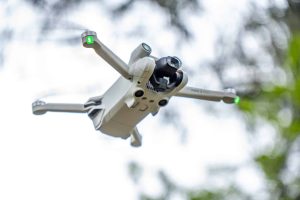
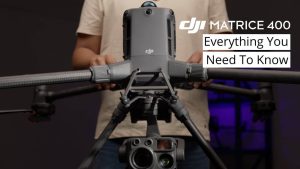
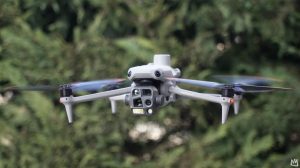
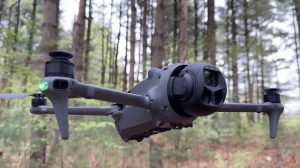
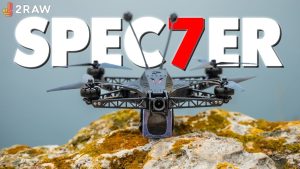
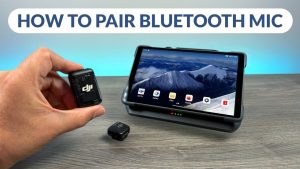
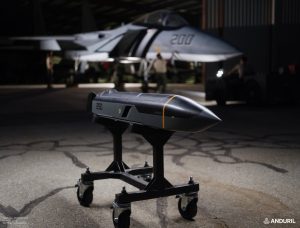
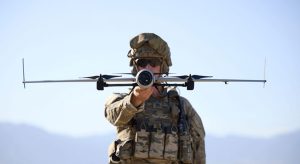
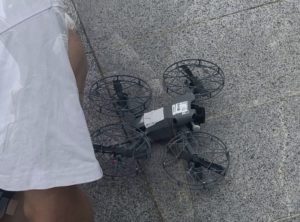
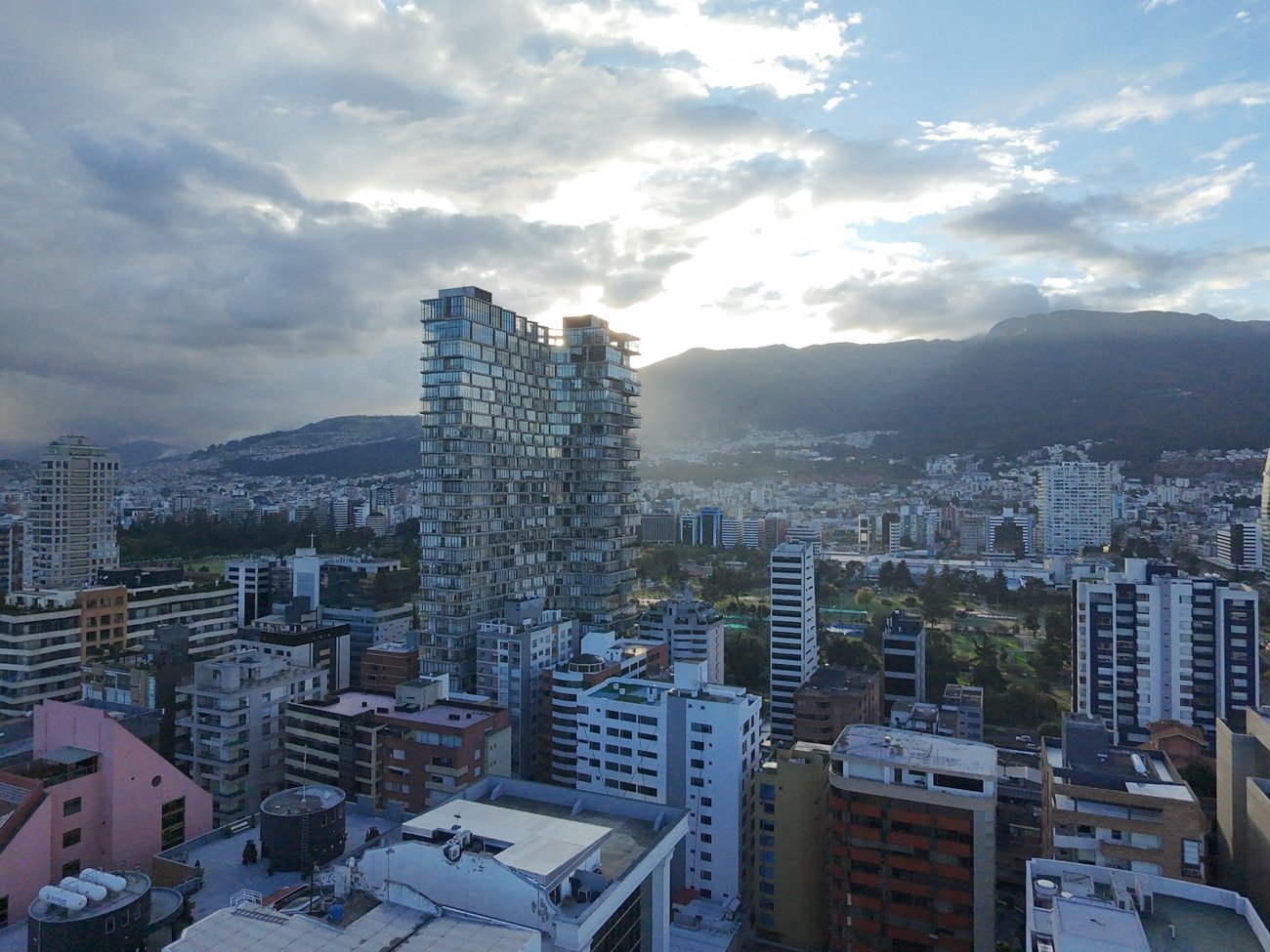
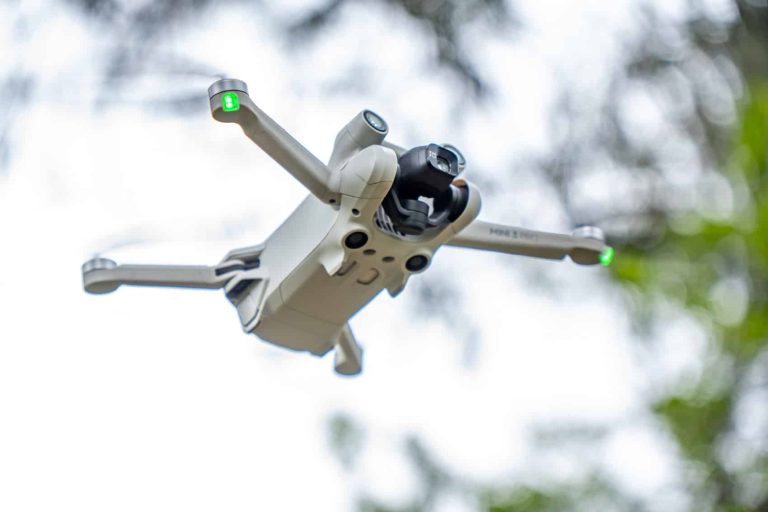
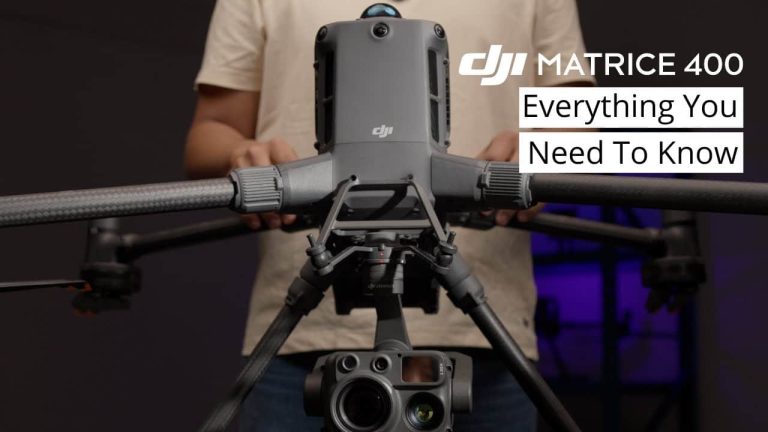
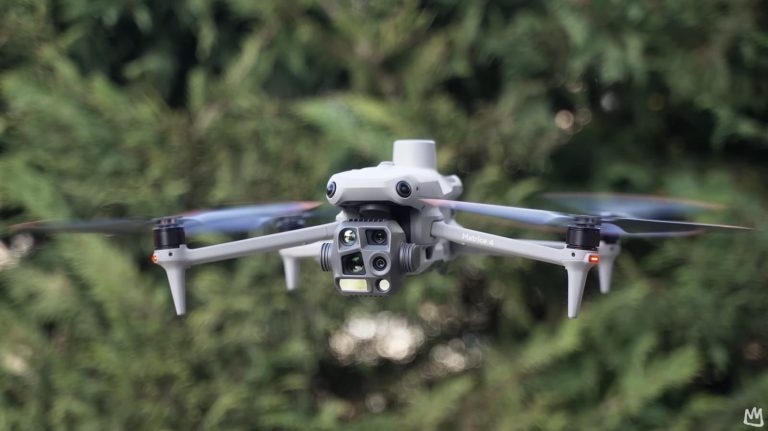
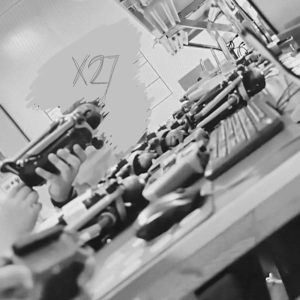

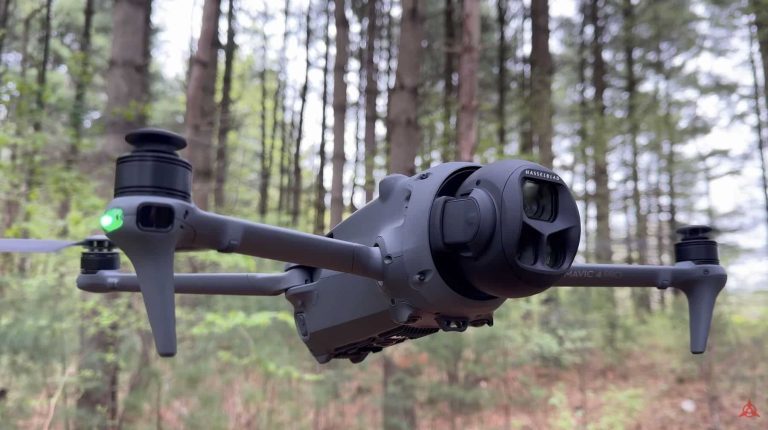
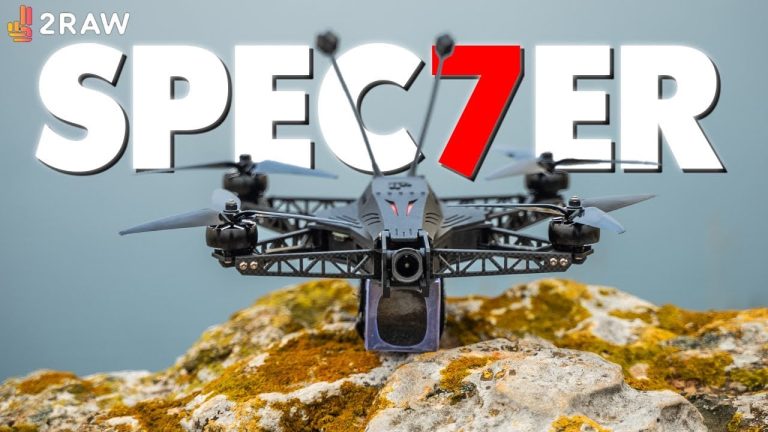
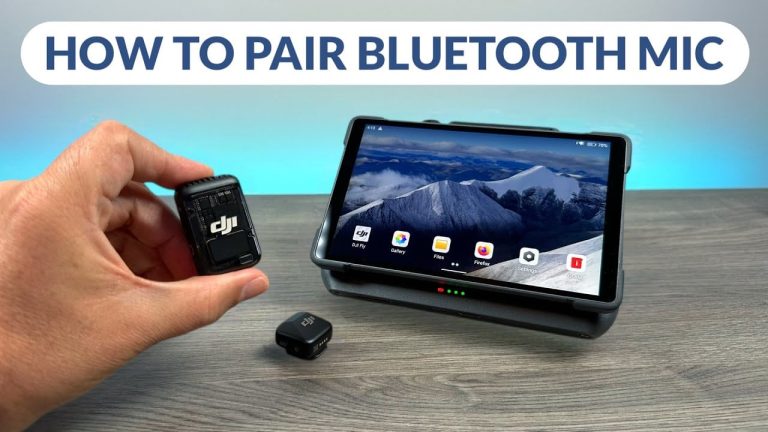
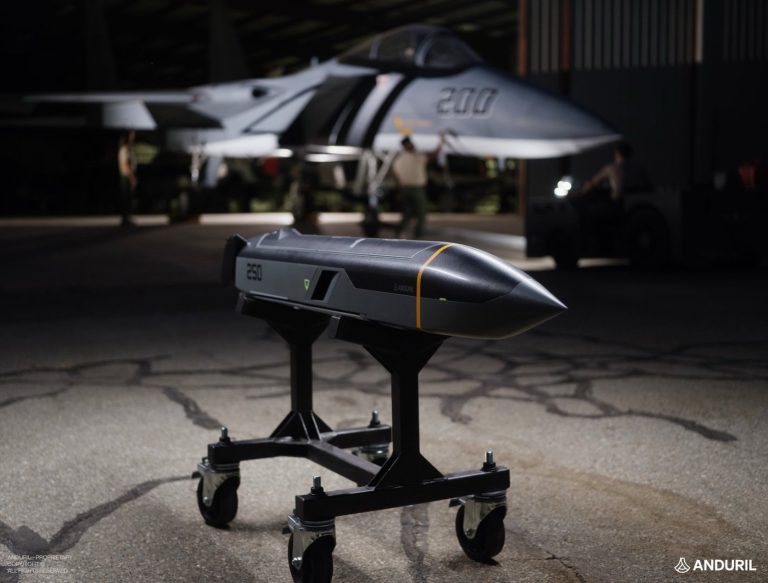
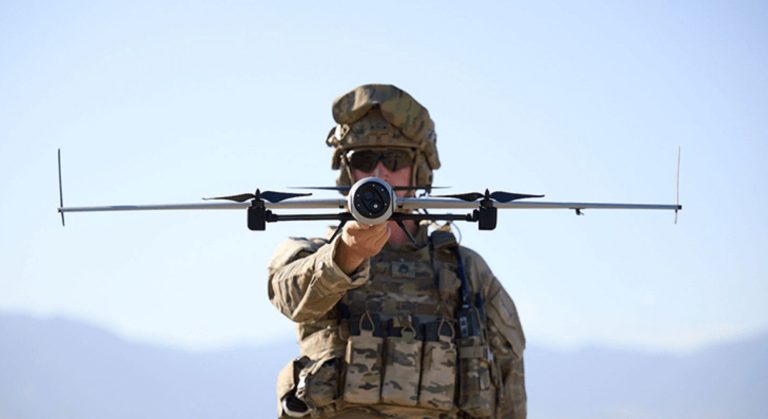
+ There are no comments
Add yours